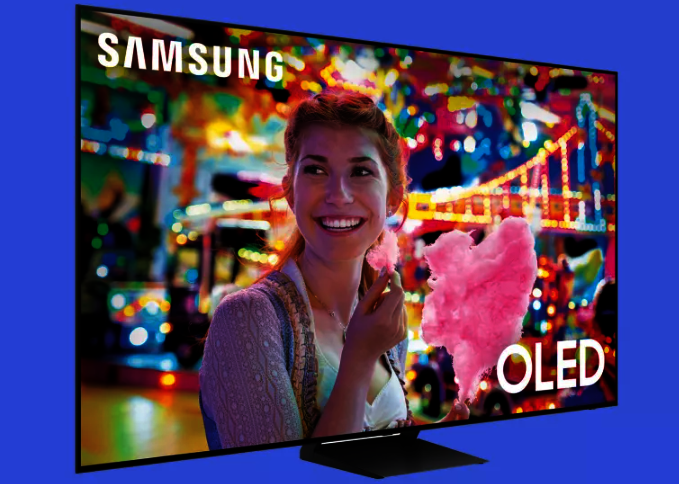The next generation of OLED TV displays will hopefully reduce energy consumption by as much as 25% thanks to the creation of a new “blue phosphor” pixel by a company called Universal Display.

The energy efficiency of OLED TVs is important because it often has a direct impact on the level of brightness they can achieve. Simply put, the more energy you put into them, the brighter the display becomes. However, the risk is that too much energy makes them hotter, which means problems such as burn in or the display simply dying are more likely to develop.
This is why brightness is limited on OLED TVs compared to LCD-based displays, but the new blue pixel could give OLED TV makers more wiggle room. Greater energy efficiency means less heat is radiated by the TVs, allowing for the brightness to be ramped up a notch.
Best of all is the fact that consumers might not have to pay a lot more for this brightness bump. While this year’s OLED models, such as LG’s G3 and Samsung’s S95C both offer improved brightness, they also come at an increased cost. But Universal Display thinks it can achieve higher brightness without breaking the bank.
"The application of the first-generation blue phosphor can reduce the power consumption of the entire OLED display by 24-25%," said Universal Display VP Mike Hack in comments that were translated from Korean to English by FlatPanels HD first of all. The executive was speaking to The Elec. "The proportion of blue phosphor in the panel material cost is very small, so it would be cost-effective,” he told the South Korean website.
The Elec adds that Universal Display’s blue phosphor technology is currently being evaluated by both Samsung Display and LG Display, the two companies that make QD-OLED and White OLED displays, respectively. The report adds that they might look to integrate the new tech in their 2024 manufacturing operations, which would likely mean the first TVs go on sale in 2025.
Universal Display said last year that its new blue emitter technology was getting close to becoming a reality. At the time, it promised massive energy efficiency improvements. As explained previously, phosphorescent displays are almost 100% internally efficient, meaning that the majority of the energy is transformed into light emitted from the pixel, which can then be aimed at viewers. The issue is that while green and red pixels have long been phosphorescent, the blue pixels have not. Instead, they are traditionally made using fluorescent materials that are just 25% efficient. It means that most of the energy that goes into the blue pixels is lost as heat.
The new technology is therefore especially promising for Samsung’s QD-OLED technology, which doesn’t use red, green and blue pixels as LG’s traditional OLED does. Rather, QD-OLED uses blue and green pixels only, with the light they produce passing through a layer of quantum dots to create other colours. Presently, Samsung has to use multiple layers of blue pixels to achieve true colour accuracy. The implication is that, if the blue pixels suddenly become much more efficient, Samsung Display can reduce the number of pixel layers it employs, making them easier and possibly even cheaper to manufacture. It’s for this reason that Samsung Display has reportedly also been trying to create the technology itself.
Of course, Universal Display’s tech will also have positive benefits for LG’s OLED TVs as well, but we could be in for a real battle if QD-OLED becomes more affordable. Overall, it’s great news for buyers, who will hopefully soon be able to choose from a superior selection of OLED TVs.